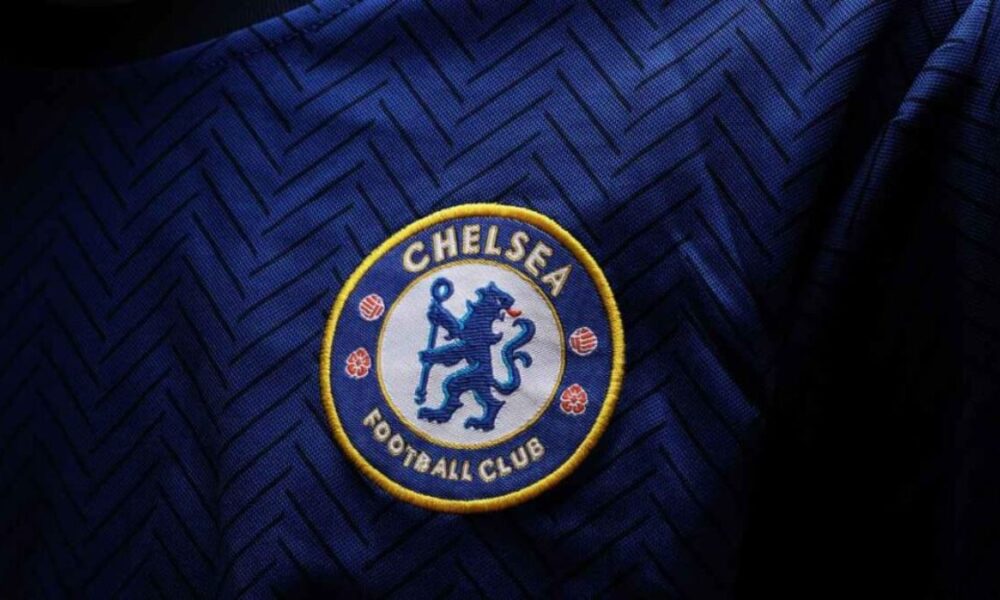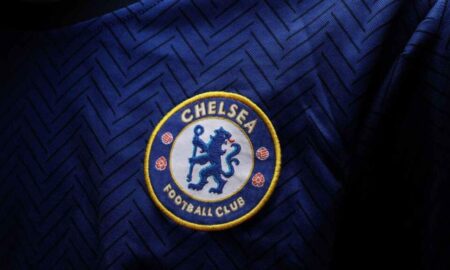Cricket has been the national sport of England since the 18th century. Today, it’s followed by 2.5 billion people worldwide, but many of them don’t know the history behind the game and its features. For example, the cricket ball hasn’t been changed since the 16th century and is one of the central figures of every match.
Cricket, often dubbed the “gentleman’s game,” is a sport with a rich history and a dedicated fan base around the world. While the bat and the pitch are critical components of the game, the unsung hero that plays a pivotal role in every match is the cricket ball. In this article, we will go into the intriguing world of cricket ball specifics, enlightening fans with essential knowledge about what makes this ball so unique.
What’s Inside a Cricket Ball?
A cricket ball is a finely designed piece of sporting equipment, not just an ordinary ball. Cricket balls are typically produced from a cork core. The weight and longevity of the ball come from its multilayer design. They contain layers of tightly wound string and leather on the outside.
The classic cricket ball shape is created by precisely stitching together the outer layer of leather.
It’s interesting to know that the weight and diameter of the cricket ball are strictly regulated. The ball’s weight and circumference requirements for international cricket are 5.5 and 5.75 ounces (155.9-163 grams) and 8.81 to 9 inches (22.4-22.9 cm), respectively. A level playing field is guaranteed for both the batting and bowling teams, thanks to these exact measurements.
The Ball’s Background Colours
Red and white are the two basic colours for cricket balls. The white ball is linked with One Day International (ODI) and Twenty20 (T20) cricket, while the red ball is customarily used in Test cricket and various types of first-class cricket. Red balls typically swing more in the air and offer more movement for bowlers, while white balls are simpler to see under artificial lighting. This has a big impact on the game. With Cricket Betting Advice on your side, you might have a better chance of predicting the outcomes of the upcoming games.
Cricket Ball History
The history of cricket balls is intertwined with the evolution of the game itself. Early cricket balls were made of various materials, including leather, animal bladders, and even wooden blocks. The transition to the modern cork and leather ball occurred in the 18th century, leading to more consistent and predictable gameplay.
The development of cricket balls has continued over the years, with manufacturers constantly striving to find the perfect balance between durability and performance. Today’s cricket balls are a testament to centuries of innovation and refinement.
Where Are Cricket Balls Made Today?
The manufacturing of cricket balls is a specialized craft, and only a handful of companies worldwide produce high-quality cricket balls. These manufacturers often hail from countries with a strong cricketing tradition, such as India, Pakistan, England, and Australia.
Sialkot, a city in Pakistan, is renowned for its cricket ball production. Some of the most prestigious brands, like Kookaburra and Dukes, have their origins in these regions. These companies employ skilled craftsmen who hand-stitch the leather and ensure that every ball meets the rigorous quality standards set by cricket governing bodies.
How to Take Care of Your Cricket Ball
Cricket balls are an investment for any serious cricket player or fan. To prolong their lifespan and maintain their performance, proper care is essential. Here are some tips for cricket ball care:
- Keep it dry. Moisture can damage the leather and affect the ball’s performance. Store it in a cool, dry place.
- Use a cricket ball conditioner. Applying conditioner regularly can help maintain the leather’s quality and shine.
- Rotate the ball: To ensure even wear and tear, rotate the ball regularly during practice sessions.
- Inspect for damage: Check the ball for any cracks or splits, as a damaged ball can significantly impact gameplay.
- Keep it clean: Clean the ball after each session with a damp cloth to remove dirt and sweat.























